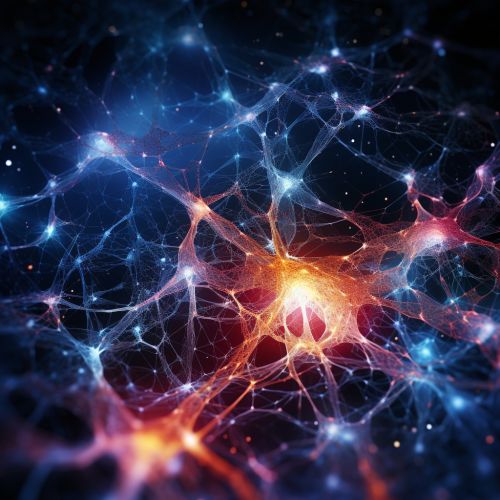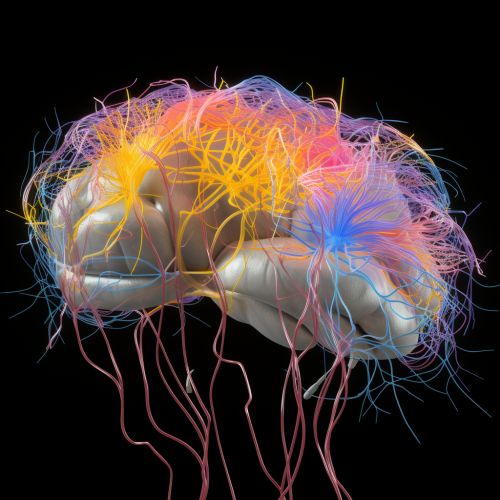The Science of Human Neuroplasticity
Introduction
Human neuroplasticity, also known as brain plasticity, is the capacity of the neural networks in the brain to change through growth and reorganization. These changes range from individual neuron pathways making new connections, to systemic adjustments like cortical remapping.


Understanding Neuroplasticity
Neuroplasticity is a fundamental issue in neuroscience, with far-reaching implications for everything from aging to brain injury rehabilitation. It is the process by which the brain can reorganize itself, both physically and functionally, throughout an individual's life. This reorganization can be triggered by the environment, behavior, thinking, and emotions.
Mechanisms of Neuroplasticity
Neuroplasticity operates on several levels. On a microcellular level, it could involve changes in the strength of connections between neurons or the number of connections. On a higher level, neuroplasticity can involve cortical remapping, where a function of a damaged brain area is taken over by another brain area.


Synaptic Plasticity
Synaptic plasticity, the ability of the connection, or synapse, between two neurons to change in strength, is one of the important neurochemical foundations of learning and memory. It is governed by the Hebb's law, which states that "neurons that fire together, wire together."
Cortical Remapping
Cortical remapping, also known as cortical reorganization, is another form of neuroplasticity. When a person loses the use of a function controlled by the brain, such as movement in a limb, the area of the brain responsible for controlling that function can adapt and change.
Factors Influencing Neuroplasticity
Several factors can influence neuroplasticity, including age, environment, stress, and genetics. While neuroplasticity is most active during childhood, it can also occur in adulthood.


Age and Neuroplasticity
The brain's plasticity is not constant throughout a person's life. It is at its peak during childhood and decreases with age. However, the adult brain is still capable of neuroplasticity, and it can still learn and adapt, although not as quickly or as easily as a child's brain.
Environment and Neuroplasticity
The environment can significantly influence the neuroplasticity of the brain. Enriched environments that provide new experiences, challenges, and learning opportunities can enhance brain plasticity.
Stress and Neuroplasticity
Stress can negatively impact neuroplasticity, particularly in the hippocampus, a brain region involved in learning and memory. Chronic stress can lead to neuronal atrophy and reduce the brain's plasticity.
Genetics and Neuroplasticity
Genetics also play a role in neuroplasticity. Certain genes are known to influence the plasticity of the brain, and variations in these genes can affect an individual's ability to learn and adapt.
Neuroplasticity and Learning
Neuroplasticity plays a crucial role in learning. When we learn something new, the structure of our brain changes. New connections are formed, and existing connections are strengthened or weakened.


Neuroplasticity and Brain Injury
Neuroplasticity is a vital factor in the recovery from brain injury. Following a brain injury, the areas of the brain involved in functions that have been lost or damaged can reorganize themselves and take over these functions.
Neuroplasticity and Mental Health
Neuroplasticity also has implications for mental health. For example, it is thought that neuroplasticity may underlie the effectiveness of certain treatments for depression, such as cognitive-behavioral therapy and antidepressant medication.


Conclusion
The science of human neuroplasticity is a rapidly evolving field with significant implications for our understanding of the brain and its potential for change. It provides a framework for understanding how experiences, both positive and negative, can shape the brain's structure and function throughout life.
